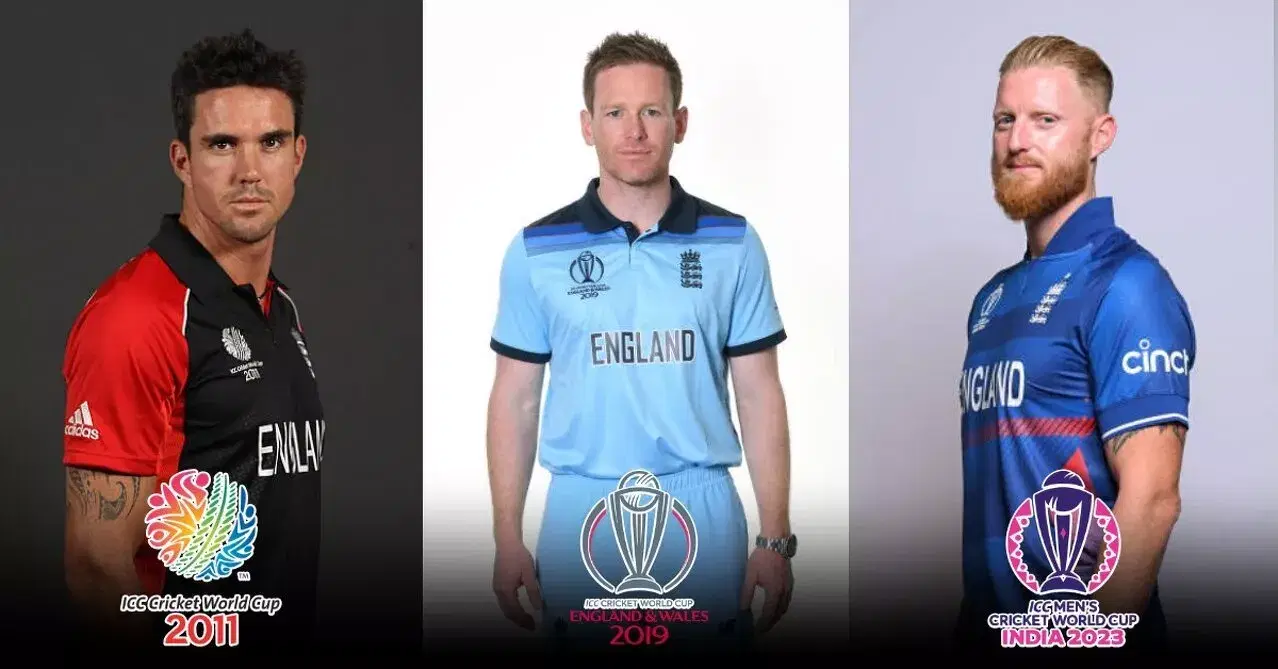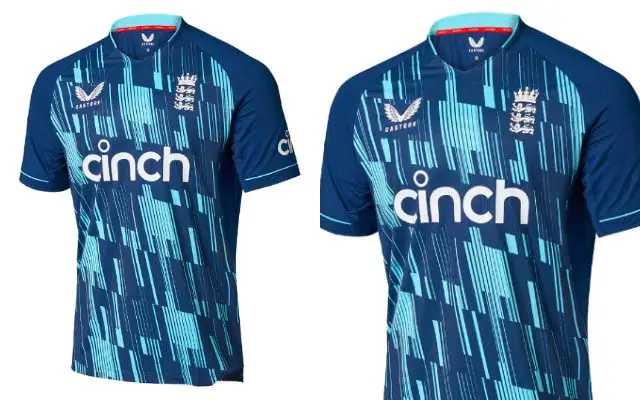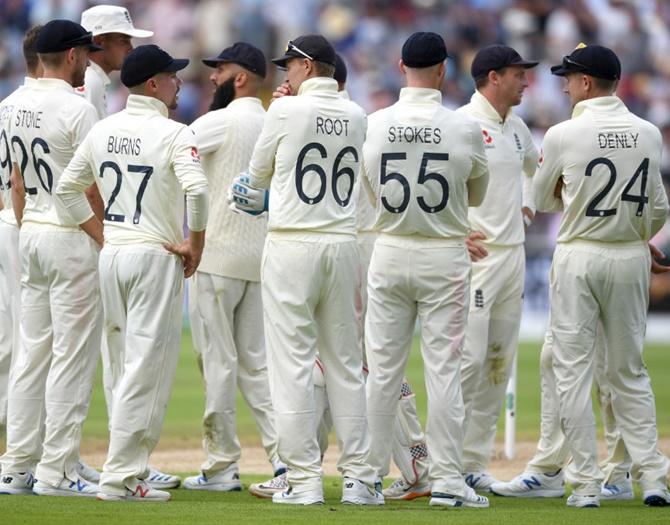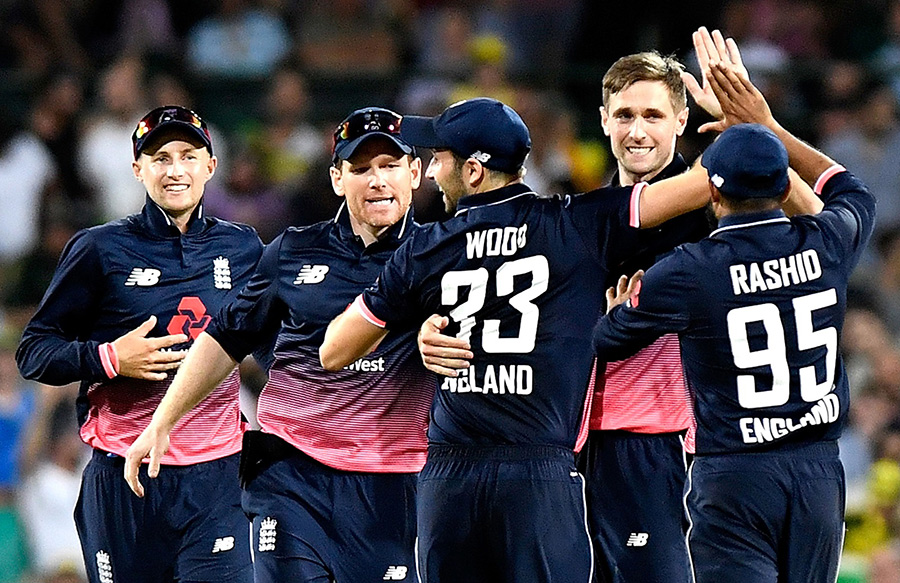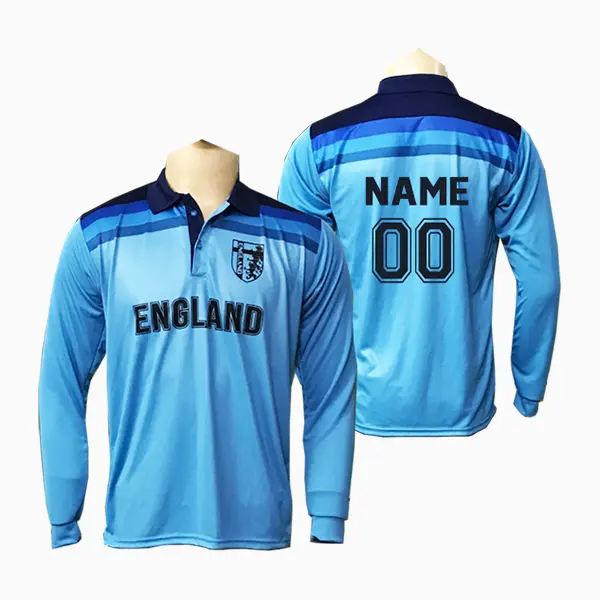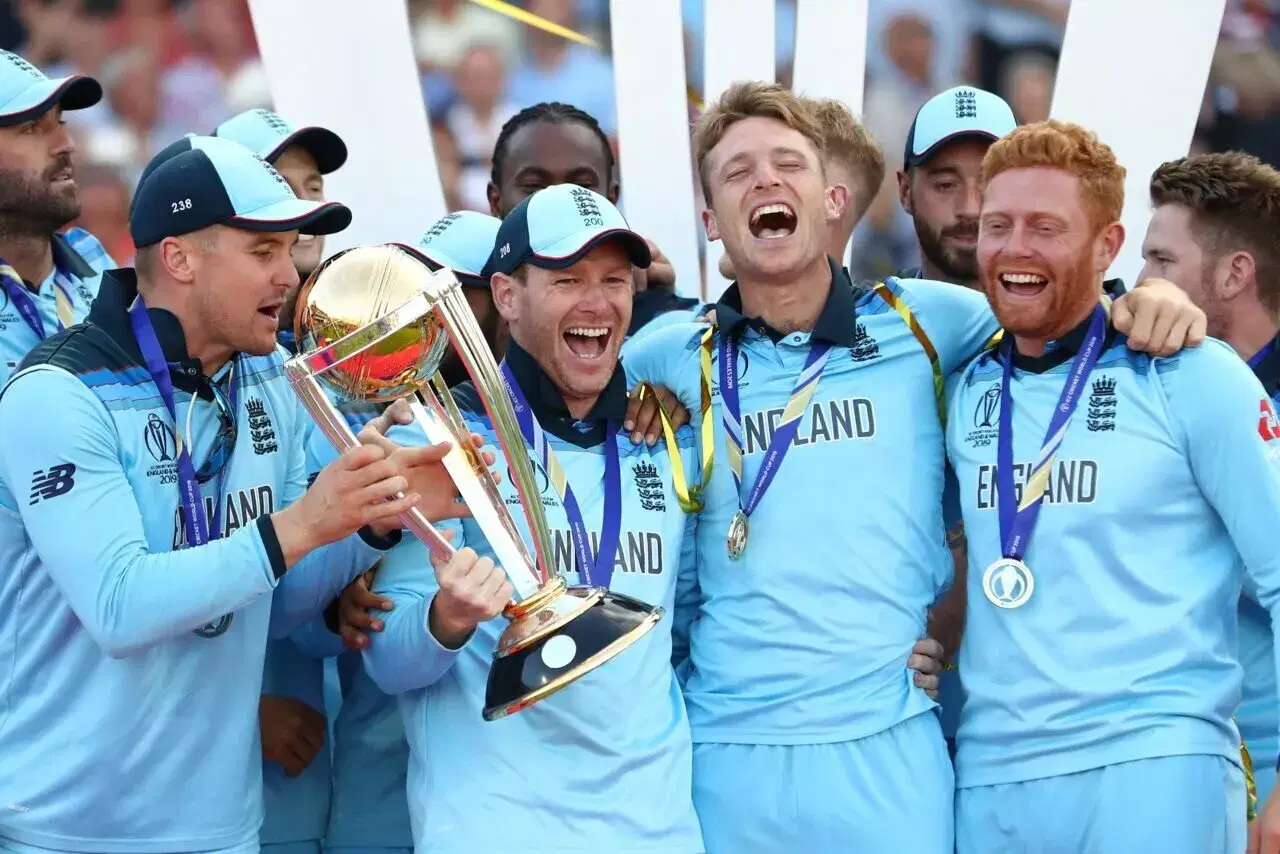England Cricket Players Jersey Numbers
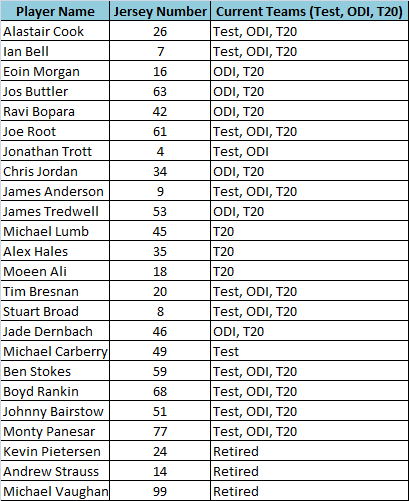
For cricket fans, the sight of their favorite England players sporting specific numbers on their jerseys has become an integral part of the game's visual landscape. These numbers, beyond mere identification, carry a weight of significance, often linked to personal preferences, superstitions, or even tributes to cricketing heroes.
This article explores the story behind England cricket players' jersey numbers, delving into the selection process, the history of number assignments, and the individual meanings attached to them. It also aims to provide a comprehensive overview of notable numbers and the players who have made them iconic.
The Evolution of Jersey Numbers in Cricket
While now commonplace, the adoption of jersey numbers in cricket is a relatively recent phenomenon. In the late 1990s, professional cricket teams started to introduce player numbering, largely influenced by trends in other sports like football and basketball.
England followed suit, gradually integrating numbers onto their ODI (One Day International) and Test match shirts. The initial purpose was primarily for easier player identification, both for spectators in the stands and television viewers.
Number Selection: A Blend of Choice and Allocation
The process of assigning jersey numbers varies. Generally, players are given the opportunity to request their preferred number, subject to availability. If multiple players request the same number, the decision may come down to seniority or other factors determined by the team management.
In some instances, specific numbers might be reserved or assigned to players based on their role or position within the team. For example, a prominent batsman might be given a number considered lucky or associated with past batting legends.
However, there are no explicit, formalized rules dictating number allocation within the England Cricket Board (ECB).
Iconic Numbers and the Players Who Wore Them
Certain jersey numbers have become synonymous with specific England cricketers, etching themselves into the sport's collective memory. Some numbers have carried emotional weight.
For instance, the number 8 worn by Ben Stokes has become incredibly popular. The number 3, once sported by the now-retired James Taylor, became iconic.
Players are now keen to keep numbers. They have become part of their personal brand.
Beyond Personal Preference: Numbers as Symbols
Jersey numbers are more than just identifiers; they can become symbols of a player's identity and contribution to the team. A player's performance while wearing a particular number can further solidify its significance in the eyes of fans.
This association between player and number can create a lasting legacy, with fans remembering the player not just by their name, but also by the number emblazoned on their back.
The impact of a number extends to merchandise sales, with fans eager to purchase jerseys bearing the numbers of their favorite players. This creates a tangible connection between the player, the number, and the wider cricketing community.
Impact and Fan Engagement
The presence of jersey numbers has undoubtedly enhanced fan engagement with the sport. It allows fans to easily identify and support their favorite players, fostering a stronger connection to the team.
Moreover, the stories and meanings behind these numbers often provide talking points and fuel discussions among fans, adding another layer of interest to the game.
Jersey number choices can even become a part of a player’s social media presence, further personalizing the sport and creating a dialogue with fans. It's all part of the show now.
In conclusion, the story of England cricket players' jersey numbers is a blend of practicality, personal preference, and the creation of sporting legacies. These numbers, once simply for identification, have evolved into symbols of identity, fan engagement, and the rich tapestry of cricketing history.

